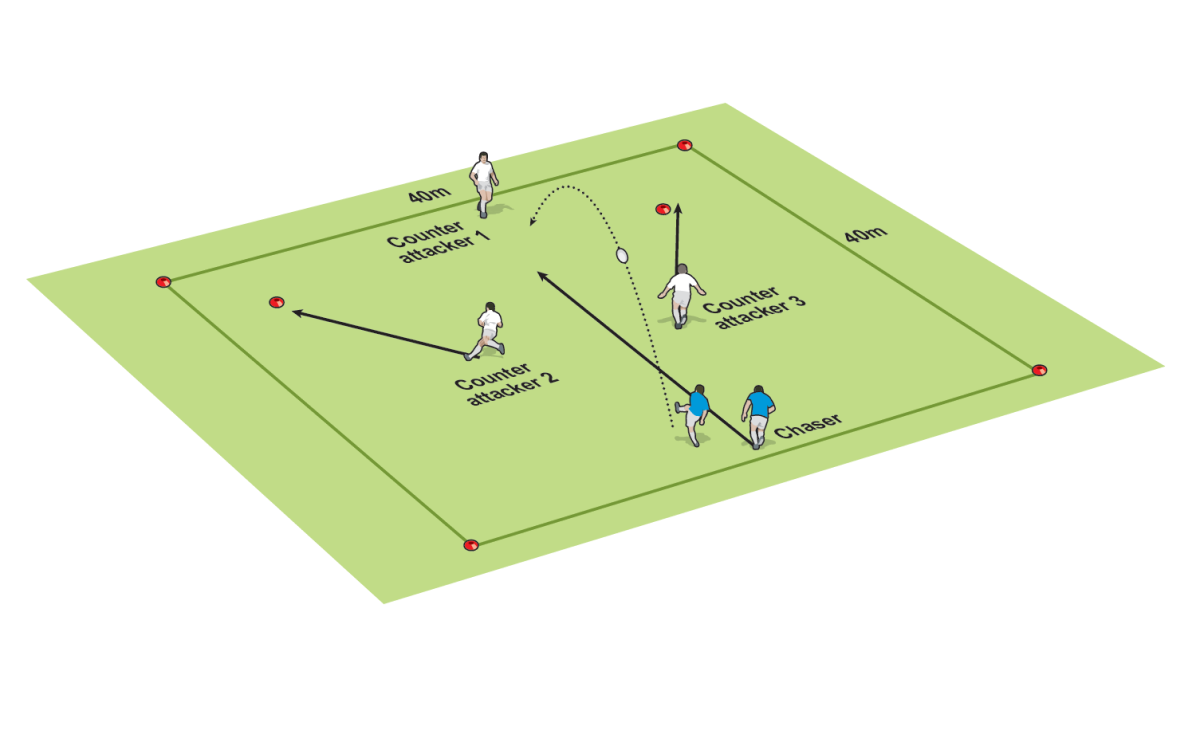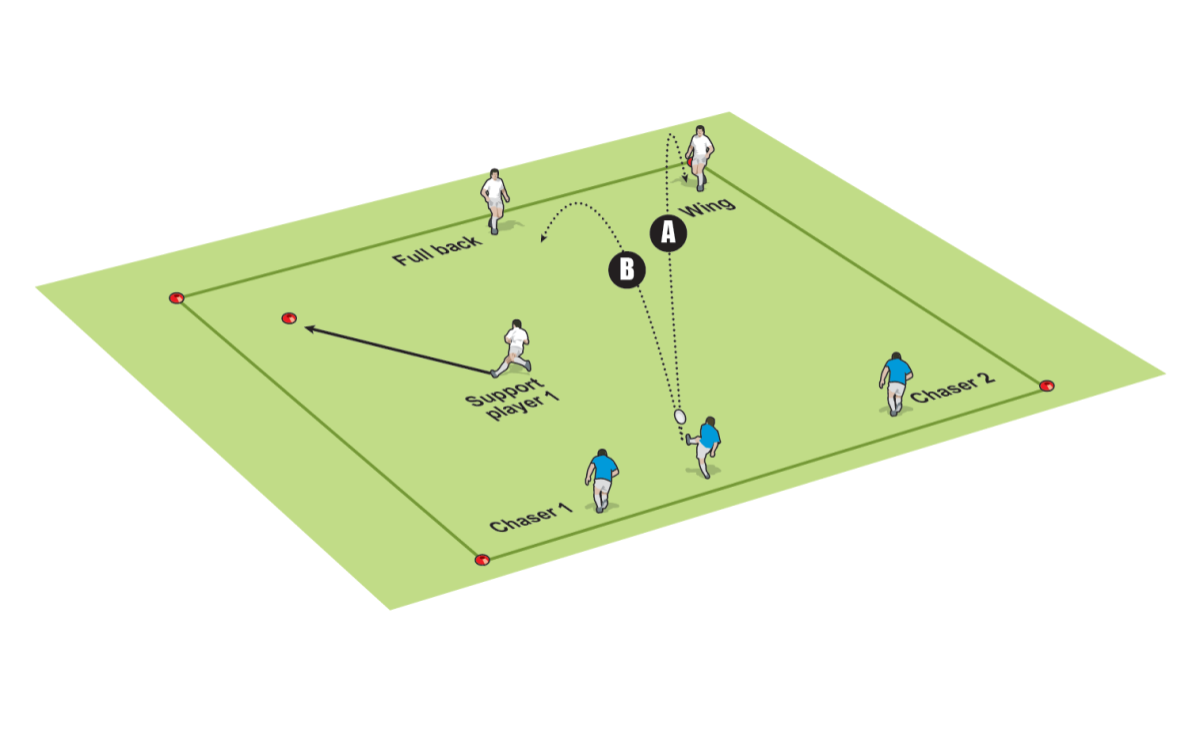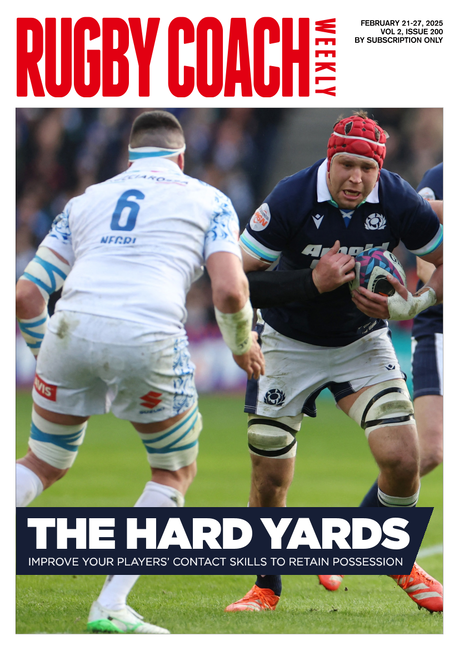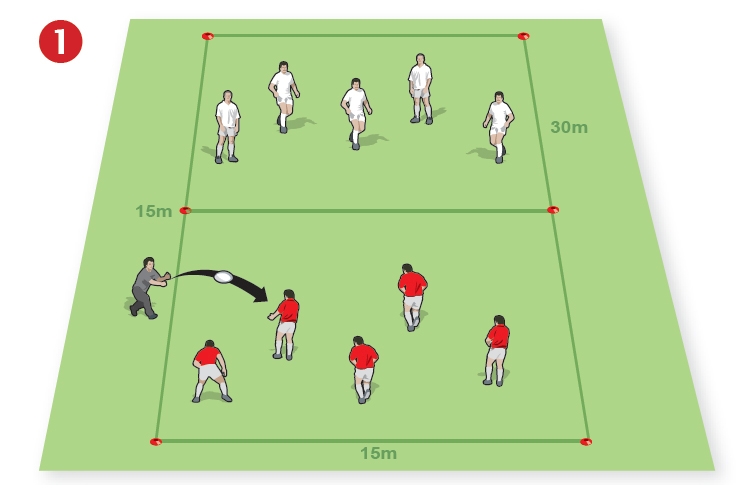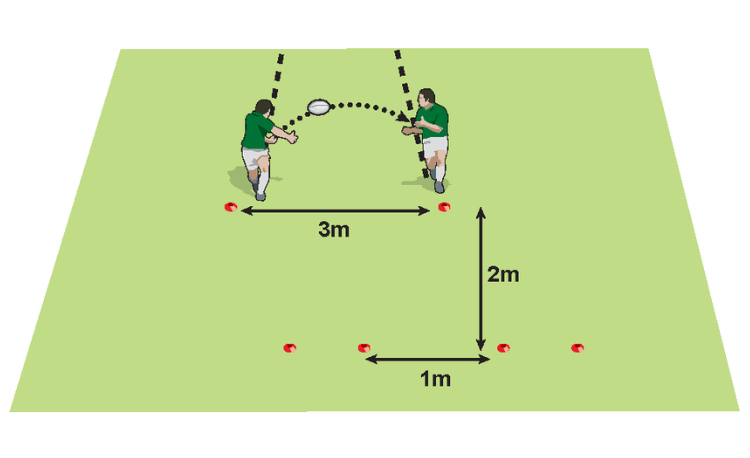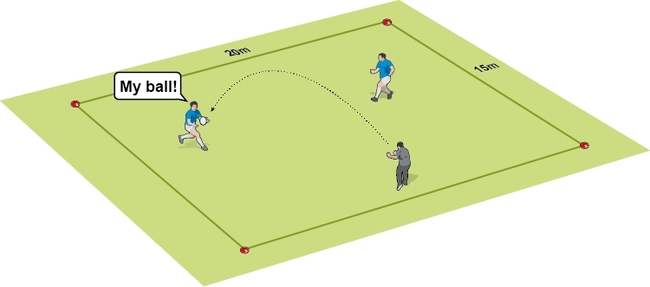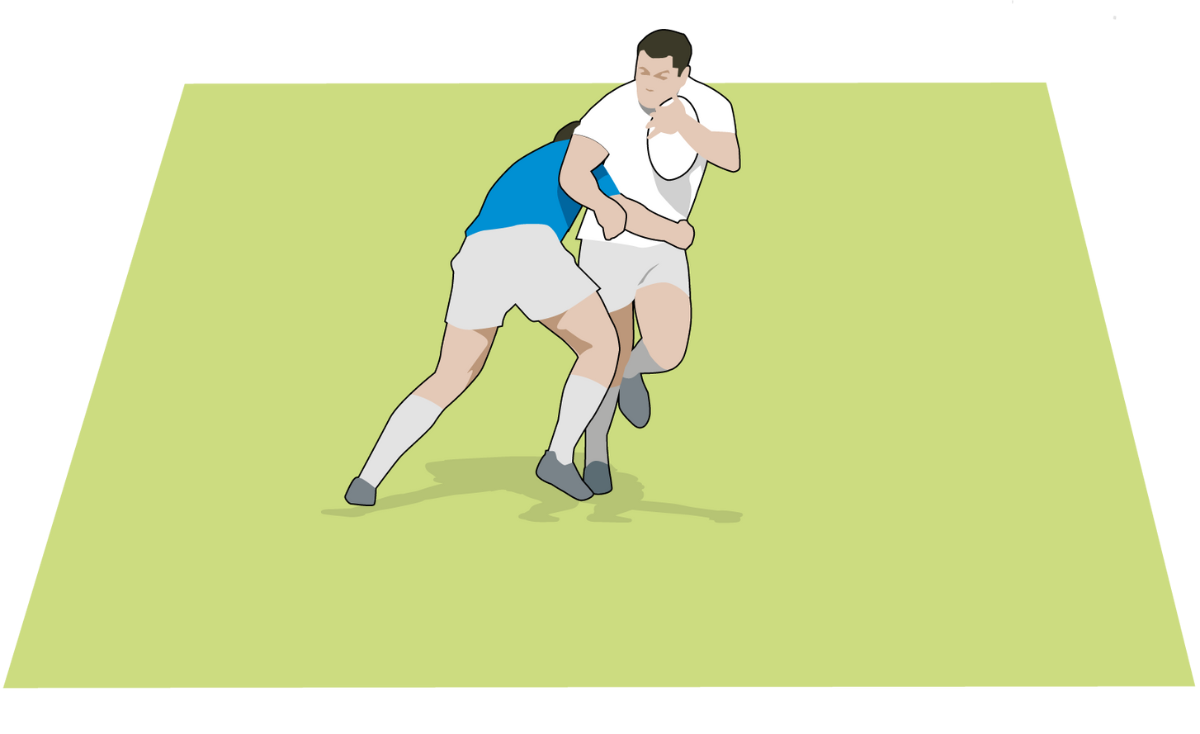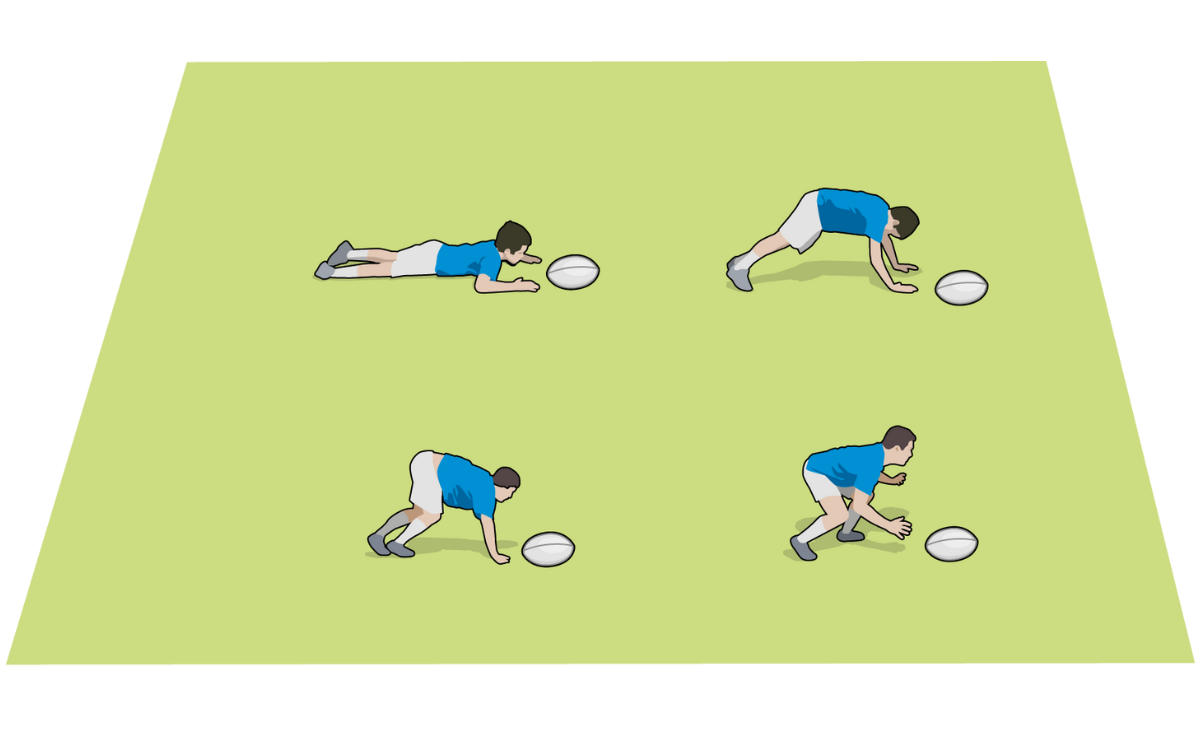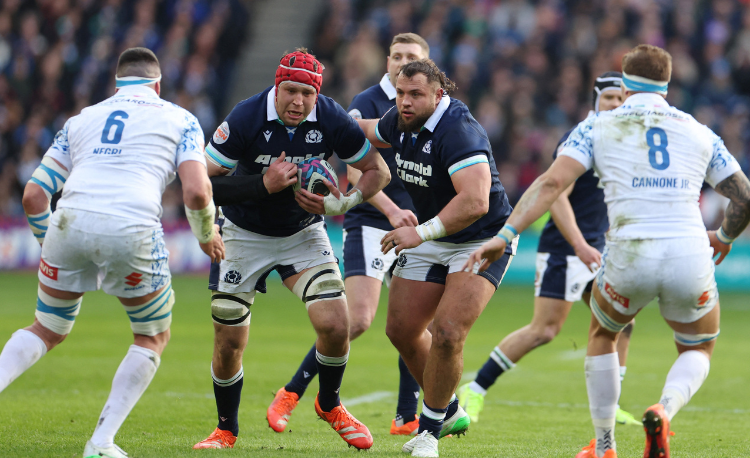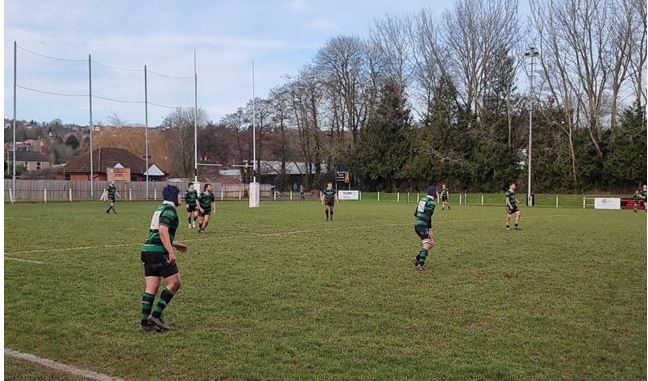Kick returns: Don’t just throw away possession
You need to have a plan to use the ball when the opposition kicks – not all of it can simply be run back, says ex-Bristol and Ospreys head coach SEAN HOLLEY.
Before players make counter-attacking decisions, they need to be aware of the type of kick they are receiving and the sort of chase.
Here are four key pointers to consider...
Seeing the kick ’early’
The body language and positioning of the kicker can often be read before they kick, making it easier to anticipate where the ball is going.
Using 1v1 kicking activities across half a pitch, between the touchlines, is a good way of anticipating space, how far the kick will go and the ground coverage for retrieving kicks.
Is the kick contestable or will it hit the ground?
It is important to practice aerial skills. Kicks that are put up to contest are often in favour of the kicking team.
The ball must be secured in the air if you want to safely retrieve the ball to launch counter attacks.
For kicks that hit the ground, work on safe retrieval of a bouncing ball in ones and twos.
Does their kicker chase or hang back?
Having an ability to scan for space while counter attacking is imperative to its success.
Seeing gaps in the chase line, space behind a good chase or floor space to hit counter kicks helps in the decision-making process.
What are the non-kickers doing?
Are they chasing, making their way onside or remaining offside? A disjointed line is the best to attack, as there will be dog-legs and mismatches. It is also a chance to bring on a support player to hit a gap or create an overlap.
In training, use the below exercises that challenge players to reposition themselves and clear the danger with either running or kicking. They are good for chasing and accurate first kicks, too.
- The kicker kicks high and long to counter attacker 1.
- Counter attackers 2 and 3 have to run back to cones level with counter attacker 1 to support.
- The chaser applies pressure on counter attacker 1, who takes the ball forward and should now have support either side to pass to.
Related Files
- The winger is now positioned in the backfield.
- The kicker can kick to either the winger (Kick A) or the full-back (Kick B).
Newsletter Sign Up
Coaches Testimonials

Gerald Kearney, Downtown Las Vegas Soccer Club

Paul Butler, Florida, USA

Rick Shields, Springboro, USA

Tony Green, Pierrefonds Titans, Quebec, Canada
Subscribe Today
Be a more effective, more successful rugby coach
In a recent survey 89% of subscribers said Rugby Coach Weekly makes them more confident, 91% said Rugby Coach Weekly makes them a more effective coach and 93% said Rugby Coach Weekly makes them more inspired.
Get Weekly Inspiration
All the latest techniques and approaches
Rugby Coach Weekly offers proven and easy to use rugby drills, coaching sessions, practice plans, small-sided games, warm-ups, training tips and advice.
We've been at the cutting edge of rugby coaching since we launched in 2005, creating resources for the grassroots youth coach, following best practice from around the world and insights from the professional game.
